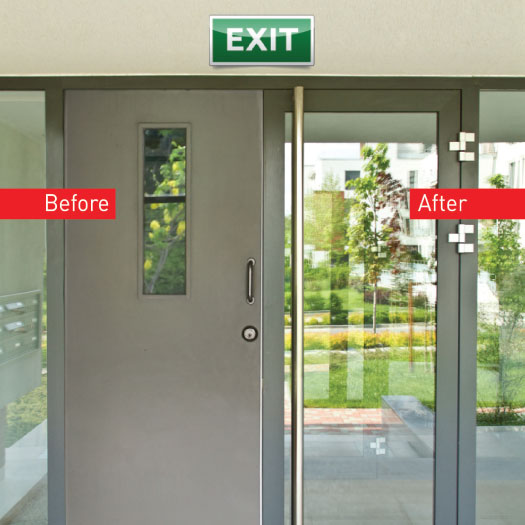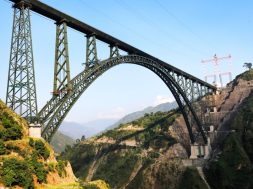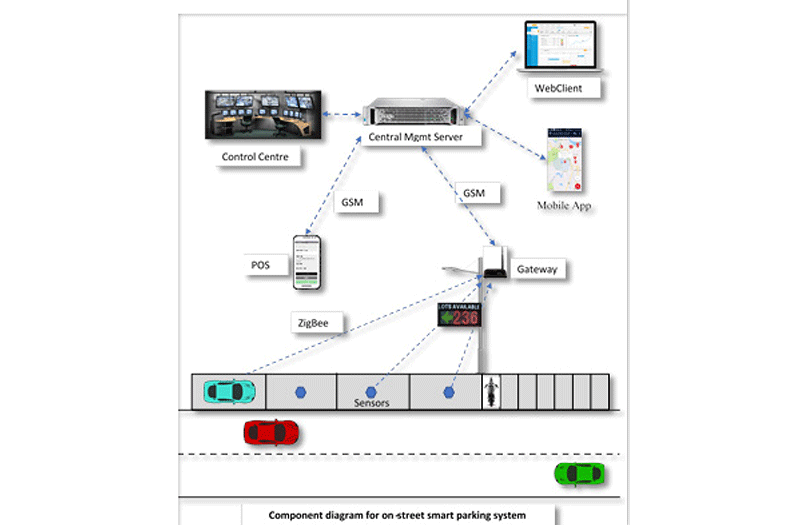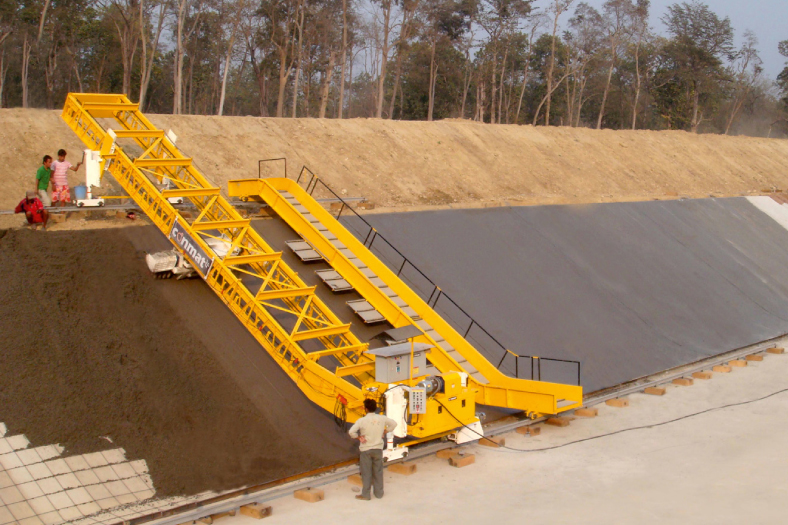Glass: It’s clearly safe

It is best to look at facts and get a clear perspective before passing a judgement on the competency of glass to fight fire
Glass is an integral part of modern architecture and interior design. A versatile and sustainable material, glass – used for façades, windows or in interiors – gives buildings and homes structural stability, aesthetic appeal and a contemporary look, while helping save energy and costs.
There has been some debate about safety in the use of glass in general, and in the case of fire in particular. Glass façades have been held responsible for aggravating fire accidents and their consequences in buildings. However, nothing could be further from the truth. When proper norms and guidelines are followed for designing and constructing glass buildings, and the right types of glasses are used for façades, the destructive effects of fire are greatly reduced.
Fire safety: An all-round affair
The right knowledge and a broader perspective can help us make the correct judgement of the role of glass in case of fire. In this regard, let us understand some related aspects and issues.
Anatomy and physiology of a building
Firstly, there are numerous factors that determine a building’s susceptibility to fire. These include: the type and size of the building, its construction method, the flammability of construction materials, the interior design, type of occupancy, the building’s age and the fire prevention and safety arrangements.
Fire safety engineering
In international building design, fire safety engineering plays a very important role. It uses scientific principles to understand fire and human behaviour in fire incidents, thereby helping in safeguarding people, property and the environment from destruction. It involves the following aspects:
• Assessment of fire hazards and their impact areas
• Effective building design and construction
• Determining optimum fire prevention and safety measures
• Design, installation and maintenance of fire-detection systems
• Appropriate equipment and manpower for fire-fighting and rescue operations.
Fire protection systems
Fire and Smoke Protection Systems should be adopted while designing buildings. Passive Fire Protection is an important part of the fire safety strategy of any building. These work by creating a barrier, limiting spreading of fire, smoke and heat, protecting escape routes and the building’s critical structural components. Examples of PFP include fire doors, fire-resistant glass walls/ floors or façades, fire-resistant sprayed coatings on structural steel, smoke control extract ductwork, fire-stopping penetration seals, etc. These do not provide a complete solution but are intended to work in conjunction with Active Fire Preventive Systems like fire alarms, smoke detection, sprinkler systems, extinguishers and Exiting Systems like fire exits, fire lifts, refuge balconies, etc.
There should be openings for doors, windows, structural and HVAC penetrations. A window-like opening should be provided on each floor of the building.
For doors, windows and other openings, some of the regulated and approved protectives are:
Glass – See what’s safe
Internationally today, there are excellent alternatives available for clear vision safety glass. These include high-performance products like transparent glasses with intumescent layers, special coatings and laminates. They have also opened up new avenues for architectural creativity, as they are transparent products, look aesthetically appealing and integrate well with the other glass products used in the interiors. These solutions are safe, impact resistant and provide clear vision fireproof glazing that has test evidences of satisfying functional and time requirements for fire proofing. Tempered/toughened glass, laminated glass, insulated glass units and wire mesh glass are also good fire retardants.
In fact, today, there are products that can actually substitute a brick wall in terms of fire-rating property, yet give transparency. While some of the fire safety glasses function as a physical barrier preventing spread of fire and smoke, certain advanced solutions can actually drastically reduce the radiant heat from a fire.
The European classification standards (EN 13501) for glass use the following system:
E – Integrity
W – Low Radiation
I – Insulation
Accordingly, the following types of glasses are available in the FRG range:
E Class: These are special tempered glasses and they prevent the spread of flames to the non-fire side. There will be no protection from radiation in this type of glasses and are normally used for internal applications.
EW Class: These are tempered and laminated glasses. They prevent the flames and also control the radiation on the non-fire side to a maximum of 15KW per sq. m. They offer integrity and provide for low heat radiation. They are used for internal and external applications.
EI Class: This type of FRG glasses offer integrity and insulation. The maximum temperature on the non-fire side does not exceed an average of 140 C.
Specialised glass is one of the ways to protect from fire and fire hazards. A range of high quality, fire-resistant glasses are available today to mitigate the adverse effects of fire accidents and offer enhanced protection.
• Wired glass: It is more stable at higher temperatures and is also resistant to the pressure of fire hoses as the embedded wire mesh helps the glass keep its structural integrity even after thermal stress causes cracks. This property makes wired glass ideal for preventing fire ingress
• Borosilicate glass: Famous for its application in the manufacture of cooking vessels, Borosilicate, because of its extremely low thermal expansion coefficient, is ideal for any application that requires heat resistance
• Toughened glass: The special tempering process used in this glass makes it highly resistant to stresses. Additionally, even when it gets to the point of breaking, it crumbles into small granules that are very less likely to cause any injuries
• Toughened glass with flame retardant coating: This flame retardant coating is typically metal that further enhances the flame and heat resistance of the glass
• Toughened glass with intumescent gel: As is the property of any intumescent, the gel increases greatly in size when exposed to fire, and its high hydration content keeps the surrounding areas significantly cooler than any other material. This kind of glass is highly efficient in locations within buildings with higher concentration of people
• Laminated glass with intumescent layers: Highly desirable for façades, the lamination makes it hardy enough for the façade and windows, and the intumescent layers restrict temperature rise during fires although the glass is 100 per cent transparent and lacks wiring within
Conclusion
It would be unfair to blame glass for the destruction caused by fire in buildings. In most cases, it is negligence and/or illegal or poor-quality design and construction that result in loss of life and property. If proper norms and building safety codes are followed, and guidelines adhered to, glass façades only help in fire rescue and not make it worse. All over the world, glass is a widely-accepted building material utilised on a massive scale for architecture and design.
AIS has recently launched Fire-resistant Glass Range under the brand “AIS Pyrobel”. AIS Pyrobel is a high-end FRG range specially engineered to withstand extreme levels of heat, restrict heat transfer and prevent passage of smoke and flame. It is the perfect solution for architects, builders and interior design experts to design modern building spaces in a manner to contain damage due to an unfortunate occurrence of fire. AIS Pyrobelis well-suited for hospitals, hotels, public buildings, schools, shopping malls, airports, theatres, parks, ships, and railways, as well as for industrial uses like machines, crane cabins, etc. It finds application as doors and windows, partitions, roofs, smoke screens, etc.
Authored by__
Vikram Khanna,
COO – Consumer Glass,
COO – Architectural Institutional Business,
CMO, CIO, Asahi India Glass Ltd. (AIS)
Cookie Consent
We use cookies to personalize your experience. By continuing to visit this website you agree to our Terms & Conditions, Privacy Policy and Cookie Policy.









